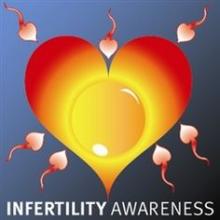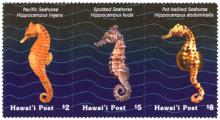
Single dose of imidacloprid (IMI-20 mg/kg bodyweight) was orally administered in female rats. Its disposition along with two metabolites 6-chloro nicotinic acid (6-CNA) and 6-hydroxy nicotinic acid (6-HNA) was monitored in organs (brain, liver, kidney, and ovary) and bodily fluids (blood, urine) at 6, 12, 24 and 48 h and faeces at 24 and 48 h. Maximum concentration (Cmax) of IMI and metabolites in each organ and bodily fluid occurred after 12 h. Area under curve (AUC) of IMI ranged from 35 to 358 μg/ml/h; 6-CNA: 27.12–1006.42 μg/ml/h and 6-HNA: 14.98–302.74 μg/ml/h in different organs and bodily fluids. Clearance rate of IMI was maximum in ovary followed by kidney, liver, brain, faeces, blood and urine. Percent inhibition of acetyl-cholinesterase (AChE) was comparable in brain and Red Blood Cells (RBC) at 6–48 h which suggests the RBC-AChE as valid biomarker for assessing IMI exposure. It is evident that IMI was absorbed, metabolized, and excreted showing increased level of serum enzymes like Glutamic oxaloacetic transaminase (GOT), Glutamic pyruvic transaminase (GPT) and biochemical constituents like billirubin and Blood Urea Nitrogen (BUN) at 48 h. These data suggest that IMI is widely distributed, metabolized and induced toxicology effects at 20 mg/kg bodyweight to female rats.










